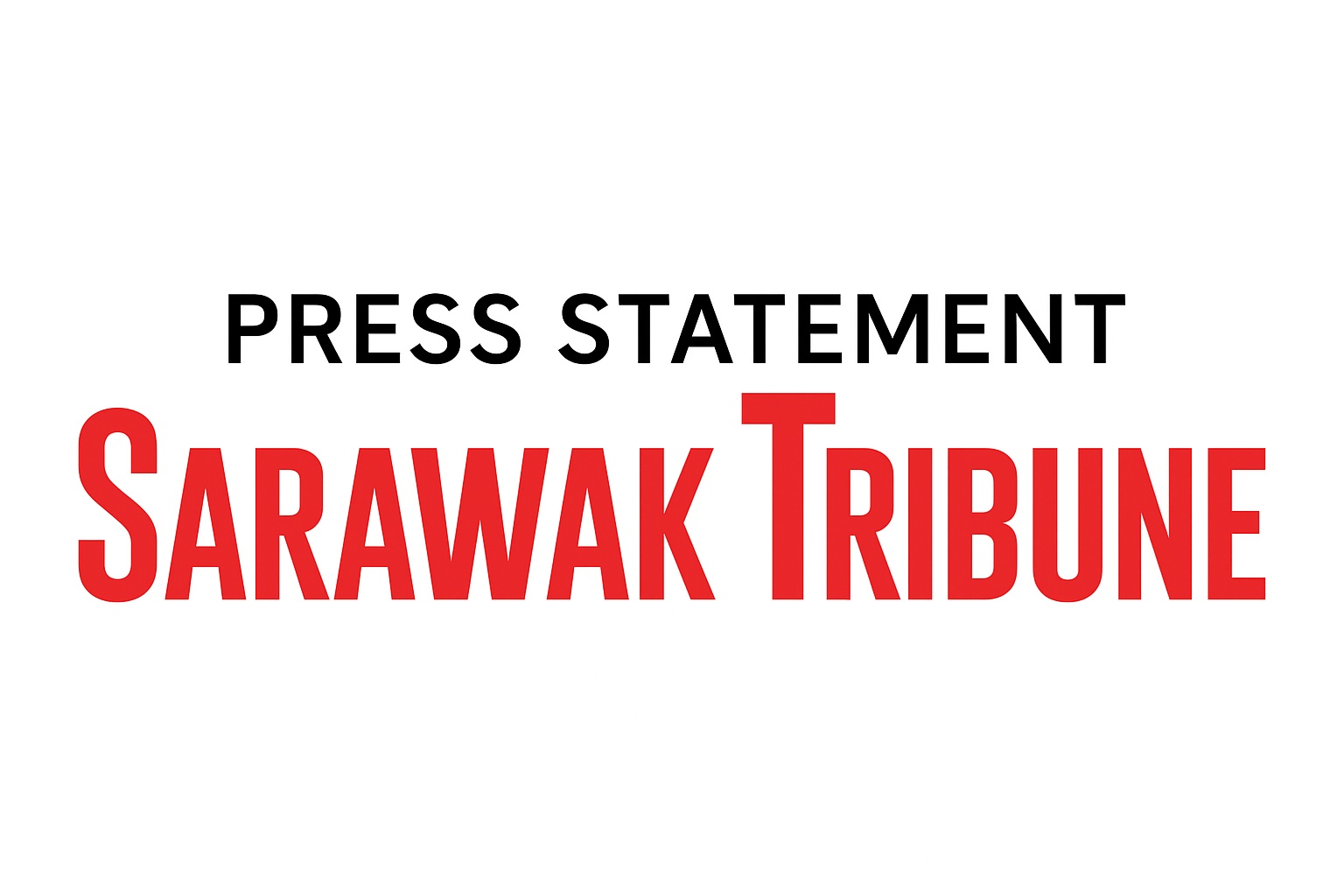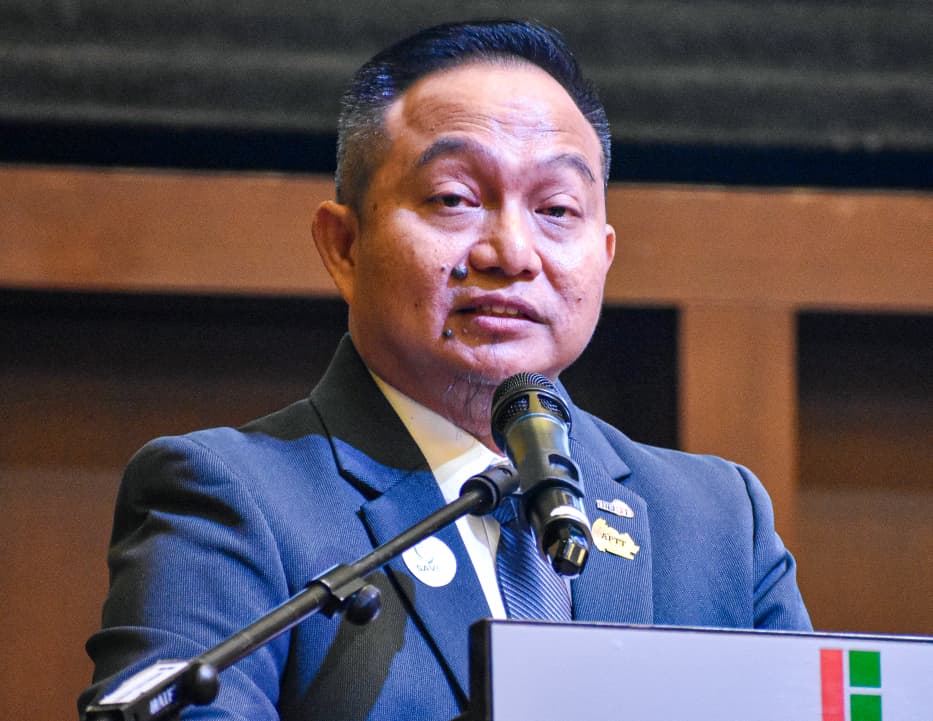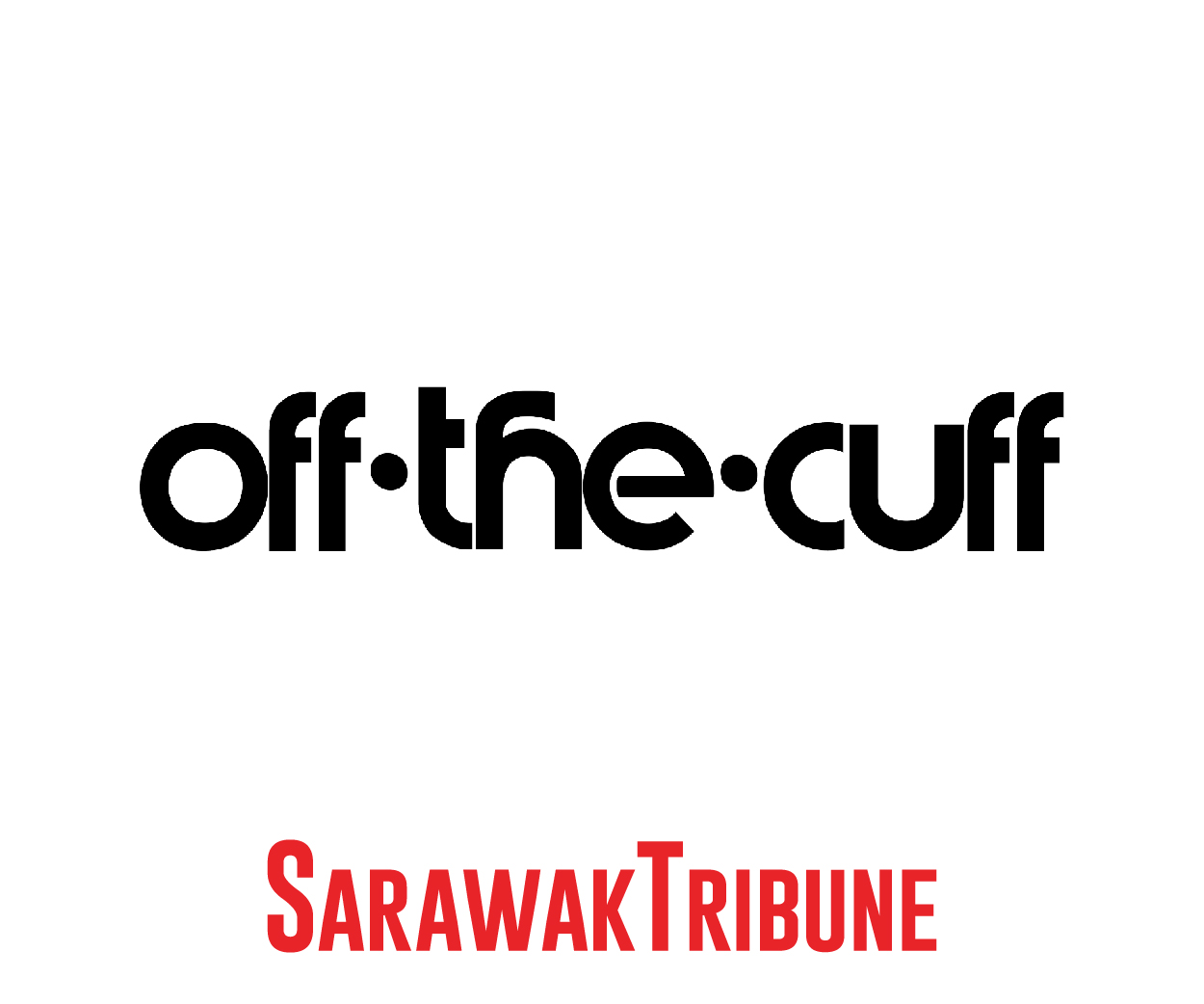KUCHING: The Ministry of Utilities and Telecommunications, in collaboration with Sarawak Energy Berhad (SEB), is currently reviewing the Sarawak Electricity Masterplan 2025–2030 in a bid to further enhance the state’s power infrastructure.
Minister Datuk Seri Julaihi Narawi said the plan is aimed at ensuring a sustainable and reliable 24-hour electricity supply for all residents across Sarawak.
“Rural electricity coverage currently stands at 98.6 per cent. The ministry remains committed to achieving full electrification in Sarawak by delivering a comprehensive and dependable power supply to rural areas, thereby supporting the region’s overall economic development,” he said.
He stressed that to maintain continuous progress based on achievements over the past decade, the ministry and SEB are undertaking a comprehensive review of the masterplan to meet current and future energy demands.
“As the implementing agency, SEB plays a big role in ensuring that all projects and initiatives are carried out efficiently and on schedule,” he added.
Julaihi made the remarks during the Sarawak Energy Sungkei with Stakeholders event held at the Sheraton Hotel here, last night (Mar 17).
He also noted that the event served as a platform to further strengthen cooperation among stakeholders, reaffirm commitment to strategic planning, and accelerate the implementation of initiatives that position Sarawak’s electricity supply as a key driver of socio-economic development.
“This is in line with the objectives of the Post Covid-19 Development Strategy (PCDS) 2030, which aims to benefit all Sarawakians,” he said.
Earlier in the event, SEB Group chief executive officer Sharbini Suhaili announced that the fourth edition of Sarawak Energy’s flagship event, the Sustainability and Renewable Energy Forum (SAREF 4.0), will be held on Sept 3 and 4 at the Borneo Convention Centre Kuching (BCCK).
He said the biennial conference will bring together sustainability leaders and key organisations to deliberate on crucial issues such as climate action, a just energy transition, and Southeast Asia’s path toward a more sustainable future.


















